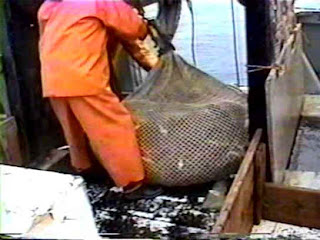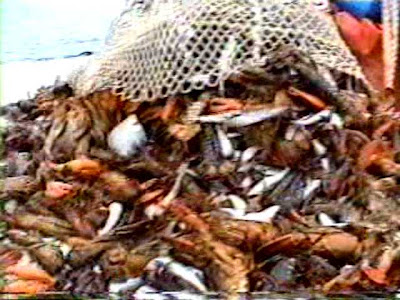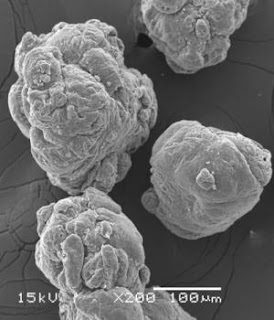 The Sears Island Joint Use Planning Committee appears to have accepted it as proof that their proposed container port and recreational facilities would have little if any impact on the island's upland, intertidal and marine resources.
The Sears Island Joint Use Planning Committee appears to have accepted it as proof that their proposed container port and recreational facilities would have little if any impact on the island's upland, intertidal and marine resources.Thus satisfied, the Committee has moved on to quibbling over the details: dimensions of their planned rail yards, how many education center buildings, how many acres of port pavement, the nature of the "wetland mitigation bank" value that the island's natural areas would have when MDOT markets the island to would-be port developer.
But, not so fast there. Let's examine this report, written by Lisa St. Hilaire of the Maine Natural Areas Program that purports to show that JUPC's development plans would have no environmental impacts.
It begins with a general description of Sears Island including the island's geology, soils, and history of land use (did you know the Penobscot Indians of today translate the name Wasumkeag quite differently from their ancestors?); summarizes the island's marine fisheries and its upland wildlife; ponders what rare animals and plants might be there - and what common? Then a look at the bigger picture of what natural communities of these plants and animals exist on and around the island, and finally, consideration of the island's wetlands, fresh and salt.
St. Hilaire then crunches the above data and predicts the port and a recreation center's impacts. Her prediction?
"Effects on regional biological diversity due to the cargo terminal project are expected to be minimal because the species and communities on Sears Island are common for the Penobscot Bay area."
But precisely how does a container port that would be bigger in size and service bigger ships than Angus King's '90s cargoport, have minimal to no impacts, when King's plan was shot down for threatening far less harm to marine, intertidal and upland wild resources than a Port Baldacci would have?
As any honest ecologist will say, some species and communities are individually common, but there is nothing like the combination of them all in one location on the Maine coast . EPA tore Maine DIFW a new one in a 1995 letter to the Army Corps of Engineers, then Maine DMR too , after DMR and DIF&W made feeble claims of 'nothing but common Maine species there' back then, at King Angus' bidding.
Nor are estuarine nursery waters along an island at the head of Maine's biggest bay, that nourishes and replenishes the bay's reviving nearshore schools of groundfish a "common" phenomenon...They are at the far end of the Penobscot River plumeentering the bay that collects larvae from the island nurseries and shunts like a conveyor belt down the west side of the bay, to disperse in the fertile waters lying between the Saint George peninsula, Monhegan and Matinicus Island. An area that in addition to cod and haddock, hosts New England's largest lobster populations.
By not looking at Sears Island's important ecological role in the ecology of Penobscot Bay, Lisa St. Hilaire has failed to see the forest for the trees. JUPC-ites have been given false assurance that their proposal for a container port will be benign with only minor localized impacts, when it most assuredly will not.



















